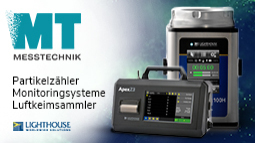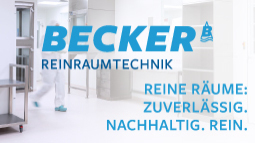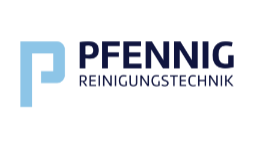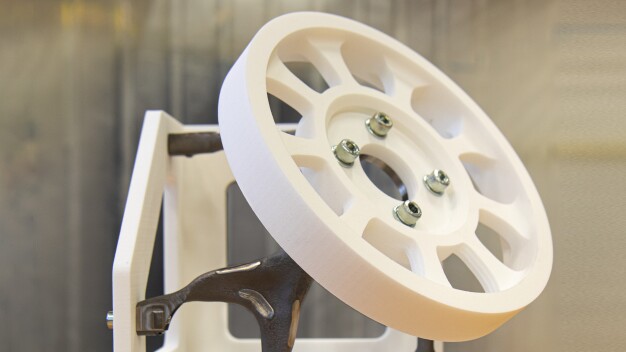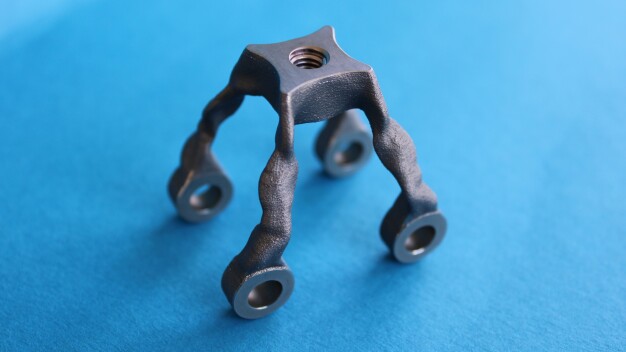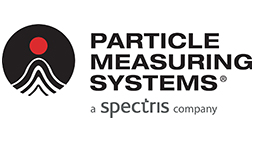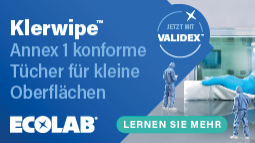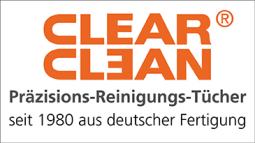- Science
OHB System AG and Fraunhofer IAPT Develop a Robust Additive Manufacturing Processing Route for Optimized Components
The implementation of additive manufacturing in the space industry and other critical sectors demands strict compliance with industry-specific quality and safety standards. In response, OHB System AG and Fraunhofer IAPT developed design and manufacturing guidelines, establishing a robust additive manufacturing route for the production of enhanced spacecraft components using the PBF-LB/M technology. To validate the manufacturing process, it was utilized for optimizing three satellite components.
In the project "AM Maturation," OHB System AG and the Fraunhofer Research Institution for Additive Manufacturing Technologies (IAPT) developed an additive manufacturing process chain on behalf of the European Space Agency (ESA). Based on industry-specific requirements for components and manufacturing processes, the project partners defined a customized production route using PBF-LB/M and optimized three satellite components along this route to enhance their performance.
Challenges and Opportunities of Introducing Additive Manufacturing
Additive manufacturing (AM) enhances the innovative capacity of all manufacturing sectors and can reduce costs in the long term. In space, for example, AM improves the performance of satellites and spacecraft. The industry particularly benefits from the PBF-LB/M process, which enables performance enhancements through the design freedom of PBF-LB/M and functional integrations. Additionally, it allows for reductions in the weight of components, the effort required for assembly and integration, as well as development and lead times.
At the same time, the successful implementation of additive technologies requires compliance with quality and industry standards throughout the entire manufacturing process. Therefore, a robust manufacturing route is essential for the successful additive production of components that are subject to industry, quality, and safety standards.
Validation of the AM Process Chain
To effectively implement additive manufacturing for space applications, OHB System AG and Fraunhofer IAPT developed design, manufacturing, and validation rules and processes for additively manufactured components. The validation of the approach was achieved through the optimization of structural and opto-mechanical components for use on satellite platforms and in instruments.
To establish the process, initial activities included knowledge transfers, material investigations, and supplier benchmarks. The implementation of the verified processes began with the AM design of three increasingly complex spacecraft components with optimized performance: a connector element, the multi-directional stiffness bracket, a reaction wheel bracket, and an integrated twin mirror. The manufacturing was carried out using PBF-LB/M, the technology best suited to the requirements of OHB System AG, and in a process that complies with space industry standards. Post-processing included surface treatments—such as for mirror surfaces—to further enhance the components. Final tests of all parts served for verification.
Advantages of PBF-LB/M in Satellite Applications
The collaboration between Fraunhofer IAPT and OHB resulted in a robust additive manufacturing process chain leveraging PBF-LB/M technology. This includes the establishment of design and verification competencies as well as the establishment of a reliable supply chain for titanium and aluminum components.
For the representative satellite components manufactured, the additive manufacturing route attained various advantages. For the connector element developed in the project, this includes achieving defined stiffness properties through controlled and optimal mass distribution. The reaction wheel bracket can be more easily integrated and assembled thanks to directly embedded click nuts. Additionally, the development time for adapting to changing boundary conditions was reduced. For the twin mirror, the most complex of the three components, the additive manufacturing route reached lower thermal deformation of the mirror body through optimized mounting points and improved optical properties due to higher thermal stability. Furthermore, weight reductions of up to 45 percent were achieved.
Dr. Marco Mulser, Head of Technology Coordination at OHB System AG, stated, »With the help of Fraunhofer IAPT, OHB was able to establish a reliable process chain that now allows us to use high-quality AM components for our satellite projects.«
Fraunhofer-Einrichtung für Additive Produktionstechnologien IAPT
21029 Hamburg
Germany
